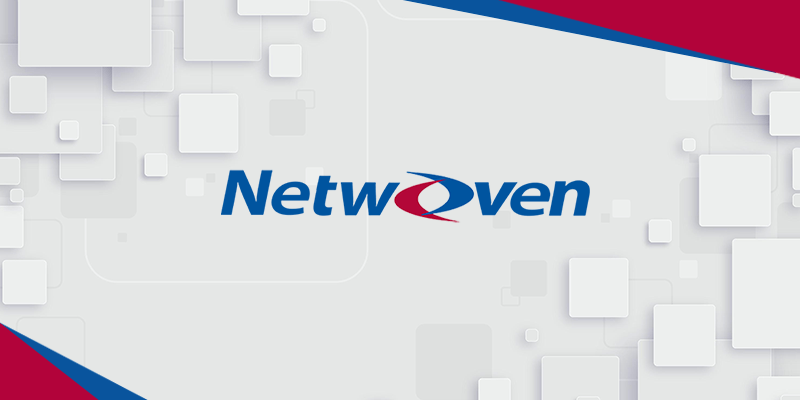Another very cool new feature of SharePoint 2013 is its Request Management capabilities. This pairs up an old feature in 2010 called “Resource Throttling” with a new feature called Routing Rules. These Resource Rules allow you to redirect traffic coming to your farm based on the following properties:
- Url
- UrlReferrer
- UserAgent
- Host
- IP
- HttpMethod
- SoapAction
- CustomHeader
The operators that you can use on these rules are: StartsWith, EndsWith, Equals, and even RegEx. This is a very similar function that you might already have in your application load balancers (F5, Cisco).
So what does this mean to my SharePoint Farms?
Well Request Manager allows you to now direct traffic to Web Front Ends that are tailored to the type of requests. An example of this is that one of my clients makes heavy use of the SharePoint Client Object Model, so there are tons of web service calls. For that scenario we could setup a SharePoint WFE that has IIS settings tuned for web services.
Another example I have faced in the wild is a department that want faster responses, or dedicated resources. So in the scenario where an entire company shares one SharePoint Farm, departments within the company may want the flexibility to pay for faster responses or dedicated resources. With Request Manager you now can let Marketing buy a server for your farm, add it, and then use Request Manager to direct all marketing site collections (based on URLs) to this pool of WFEs that Marketing bought.
Another example would be housing mission critical apps on the same farm as non-critical apps. You can direct all traffic of the mission critical applications to your faster more powerful front ends, and your non critical apps to the older hardware.
I think it will be interesting to see some performance metrics (once Microsoft provides them) on how much of a hit your farm takes implementing these rules. My guess is that this is great for small IT shops that have 2 or 3 servers but don’t want to invest in a network application that load balances and directs traffic. But big companies that have network appliances in place will continue using their proven technics. Also keep in mind in a virtualize SharePoint environment it is best practice to offload the software load balancers (MS NLB) to a network appliance for performance issues. So I would assume the same holds true for Request Manager’s routing rules.
Last thing I want to mention is a gotcha with RM; if you implement the routing rules and a request does not meet any of them it will be discarded. Yup, it just throws it away. So to make sure this doesn’t happen we suggest implementing a catch all rule, put it at the bottom in Execution Group 2, and have it catch all requests.
Read more at the MSDN training for IT Pros: http://technet.microsoft.com/en-us/sharepoint/fp123606.aspx












Great , thanks for this information , How high availability will come in to picture for the department who bought new WFE to use RM for fast response to their site , Does that mean they will have to buy 2 servers now to use as WFE to achieve this ?
Good question Umar, SharePoint 2013 doesnt require you to have more than one WFE to use the Request Manager. However the Execution groups and routing rules dont help you that much if every request is going to one server. But you can still use RM to prioritize the inbound traffic, so it is still going to help one server scenarios.